Profitjets streamlines the accounting process specifically for SaaS companies, allowing you to concentrate on driving innovation and growth in your business while we expertly manage your financial details. Our specialized services are designed to take the burden of accounting off your shoulders, ensuring accuracy and efficiency so you can focus on what you do best.
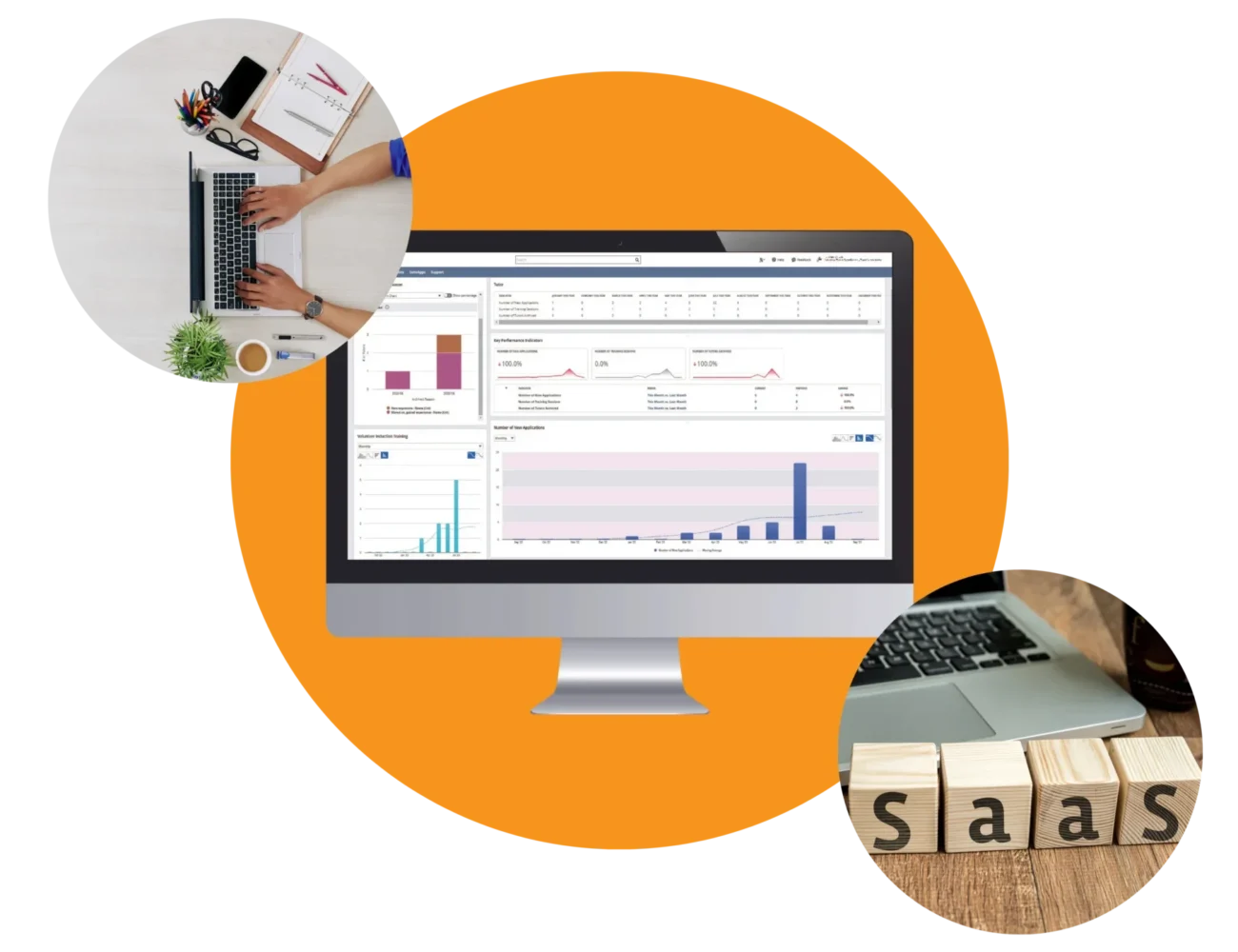





Navigating the intricate financial landscape of a SaaS business demands both precision and specialized knowledge. At Profitjets, we offer tailored accounting services specifically designed for SaaS companies, ensuring your financial operations run smoothly. Our expertise encompasses essential areas such as revenue recognition, subscription model management, and financial forecasting. By partnering with us, you can focus on scaling your business while we handle the complexities of your financial needs.
Accounting plays a crucial role in the success of SaaS companies. Financial Clarity & Growth Strategies for SaaS companies involve gaining a clear and comprehensive view of finances to identify areas for cost reduction, optimize pricing models, and make data-driven decisions regarding marketing, sales, and product development to fuel growth. Subscription & Revenue Management, through effective accounting for SaaS companies, empowers businesses to analyze customer acquisition costs, track subscription metrics such as churn rate and lifetime value, and optimize subscription billing processes for recurring revenue growth. In addition, adherence to Investor & Regulatory Compliance standards for SaaS companies is essential, as it fosters investor confidence and regulatory compliance, ensuring that the company remains prepared for potential investments or acquisitions.


Accounting for SaaS companies involves managing various challenges such as revenue recognition complexity, subscription management, billing practices, and metrics and data analysis. Accurately recognizing revenue over the subscription period, in compliance with revenue recognition standards such as ASC 606 or IFRS 15, is a significant aspect of accounting for SaaS companies. Subscription management and billing processes for different subscription plans, renewals, cancellations, and free trials need to be efficiently handled within the accounting framework for SaaS companies. Moreover, tracking key metrics like customer acquisition cost (CAC), lifetime value (LTV), and churn rate is essential for assessing SaaS companies’ financial health and growth.
At Profitjets, we offer a comprehensive suite of financial services tailored specifically for SaaS companies. Our offerings go beyond basic accounting; we provide expert CFO services that give you strategic financial guidance, meticulous tax services to ensure compliance and maximize deductions, and thorough bookkeeping to keep your financial records organized and up-to-date. Let us take the burden of financial management off your shoulders, allowing you to concentrate on driving innovation and fostering growth within your business.

01.
With our team working daily on the accounting tasks, we categorize numbers correctly and with the detail you need to make decisions.
02.
We set everything you need to pay bills quickly and easily. All you need to worry about is approval while getting the benefit of stronger internal controls.
03.
Get paid quickly and accurately with SAAS company's invoicing support. Show the details to your clients to answer any questions ahead of time.
04.
The right accounting software support shaves time off repeatable tasks and better connects your business operations.
We will work with you to identify your SaaS account’s best accounting software solutions. With Profitjets by your side,
you can confidently navigate the complexities of SaaS accounting, optimize your finances for maximum profitability, and
make data-driven decisions to create an unforgettable homing experience for your clients. Profitjet’s team is proficient in a variety
of industry-leading accounting software programs designed for SaaS accounting some softwares include:

Up-to-date SaaS financials makes it easier to build the strategy. We can provide you with CFOs with experience in all the nuances of SAAS.
Profitjets understands the unique challenges and opportunities of the real estate industry, going beyond basic accounting to provide comprehensive solutions.
At Profitjets, effective accounting is the backbone of a successful marketing agency. It empowers firms to make intelligent decisions and maintain a healthy financial line.
Profitjets understands the travel industry's distinct challenges, like tourism taxes. We tackle these tasks by offering customized accounting solutions.
Profitjet’s effective accounting empowers rental businesses to gain valuable insights into their properties, make data-driven decisions, and ensure financial stability.
Profitjet’s accounting management for lawyers encompasses critical components like meticulous record-keeping, segregation of client funds, and ethical compliance.
We assist Advertising Agencies in accurately tracking project costs, employee time, software licenses, media buys, transparent billing, and all other project-related expenses.
Profitjets assists non-profit organizations with tracking grants, donations, communications, and stewardship efforts to build and maintain donor relationships.

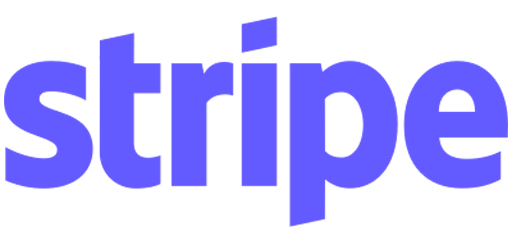



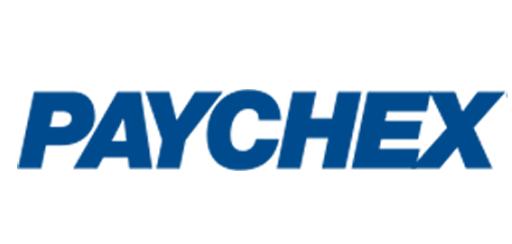
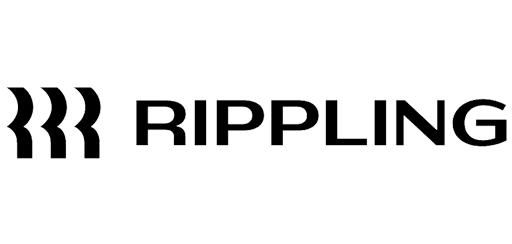


"Good business leaders create a vision, articulate the vision, passionately own the vision, and relentlessly drive it to completion."
Abhinav Gupta
CEO Profitjets
Let's Connect
SaaS companies operate under a modified version of accrual accounting to accommodate their subscription-based business model. Revenue recognition plays a crucial role in SaaS accounting, with specific standards such as ASC 606 (US) or IFRS 15 (international) being followed. Unlike traditional product sales, SaaS revenue is recognized gradually over the subscription period as the service is delivered. Key subscription metrics like churn rate, Monthly Recurring Revenue (MRR), and Customer Acquisition Cost (CAC) are essential for financial analysis. Additionally, unearned subscription fees collected upfront are recorded as deferred revenue until the service is delivered and can be recognized as revenue.
Yes, SaaS companies can have accounts receivable. This typically occurs when they offer customers flexible payment options, allowing them to pay after the service period. However, the majority of SaaS businesses operate on a pre-paid subscription model, minimizing accounts receivable.
GAAP (Generally Accepted Accounting Principles) is a set of accounting standards that SaaS companies, like all businesses, should follow. However, for revenue recognition, SaaS companies adhere to specific guidelines within GAAP, such as ASC 606 (US) or IFRS 15 (international). These standards dictate when and how to recognize revenue from customer subscriptions.
When it comes to payroll accounting for SaaS companies, the process is quite similar to that of other businesses. The basic structure involves several key components. Firstly, there's the Payroll Expense, which records the total salary and wage costs of employees. Then, there's the Payroll Taxes Payable, which holds funds withheld from employee paychecks for taxes such as federal, state, and social security. Additionally, there's the Employee Withholdings category, which tracks deductions from employee paychecks for items like health insurance and other benefits. This structured approach ensures that payroll accounting is thorough and accurate for SaaS companies.
When it comes to accounting software for SaaS companies, there are several options to consider. QuickBooks Online is known for being user-friendly and scalable, offering features for managing subscriptions, invoicing, recurring billing, and basic revenue recognition. Xero, a cloud-based accounting software, provides strong integration with subscription management platforms and advanced revenue recognition functionalities. Meanwhile, Chargebee offers a comprehensive subscription billing and revenue recognition platform specifically designed for SaaS businesses. On the other hand, Zuora is known for its advanced subscription management, billing, and revenue recognition features tailored for complex SaaS businesses. The choice between these options depends on factors such as the size and complexity of your SaaS company, the number of subscriptions managed, and your specific accounting needs. It may be beneficial to consult with an accountant who specializes in SaaS businesses to determine the most suitable option for your company.
Profitjets offers a full suite of services for SaaS companies, including CFO services, tax services, and bookkeeping services. We specialize in handling the unique financial needs of SaaS businesses, from revenue recognition to subscription management.
Profitjets offers comprehensive tax services for SaaS companies, ensuring accurate tax filing, minimizing liabilities, and keeping your business compliant with all tax regulations.
Help Center
Have more Doubts?
Our experts can help you find the right solutions. Provide a bit of information and we’ll be in touch.
We offer business owners a strong team of accounting professionals to create and manage a competent accounting department to maximize growth and profits. We help businesses looking to save on their finances by providing a clear financial plan for every quarter and also help with all financial tasks. Don’t hesitate; reach out now!
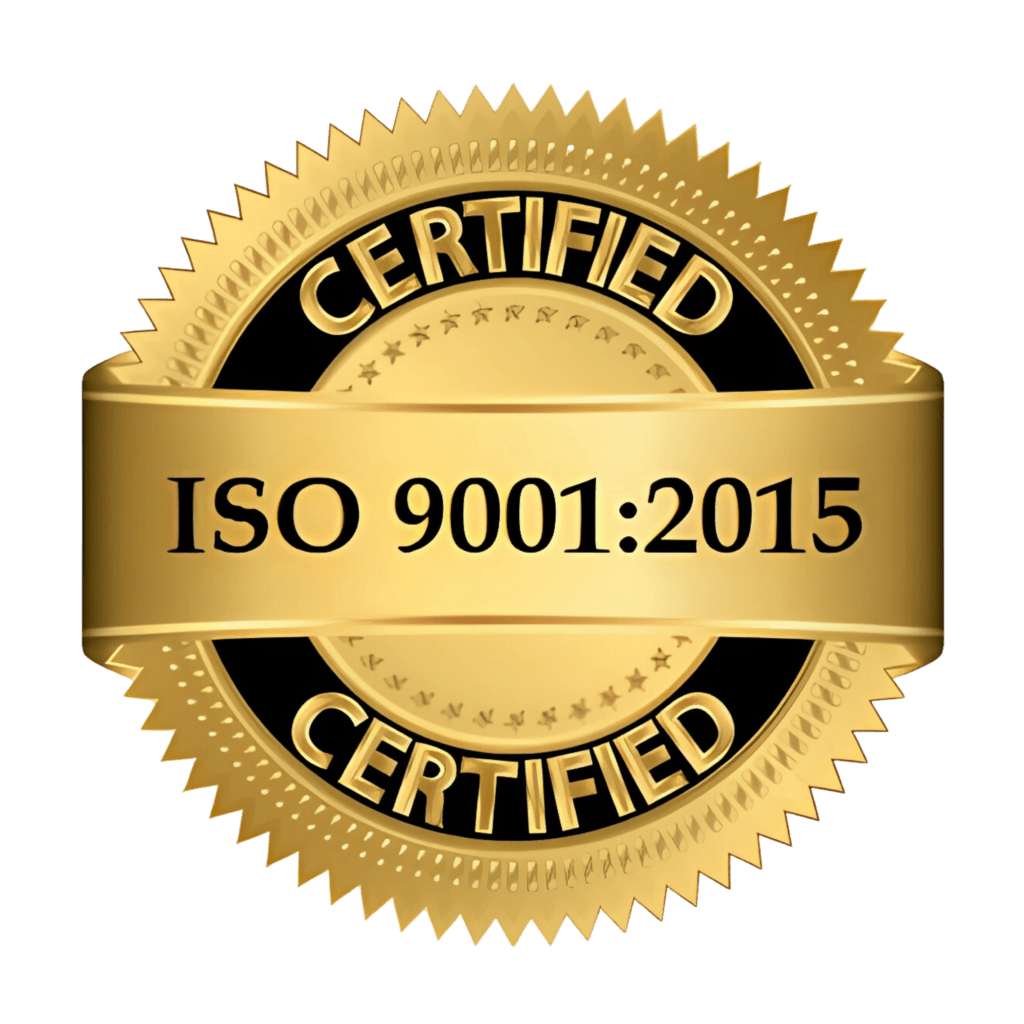


Get Closer
2803 Philadelphia Pike Suite B #205 Claymont, DE 19703
Work With Us
hello@profitjets.com
For Consulting
+1(469) 614-5050